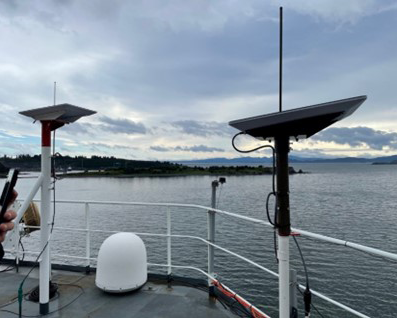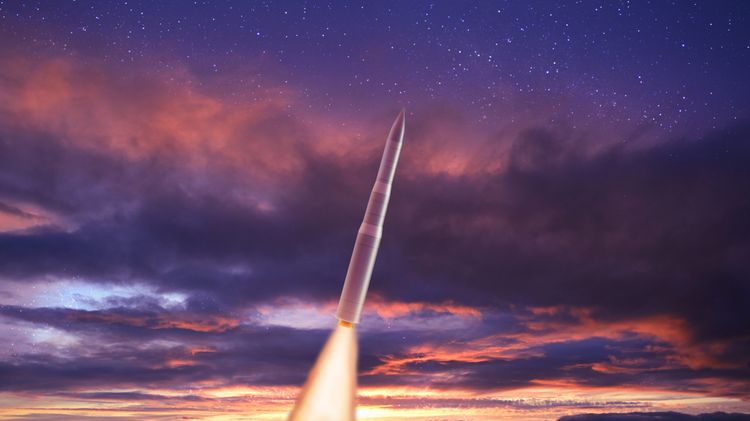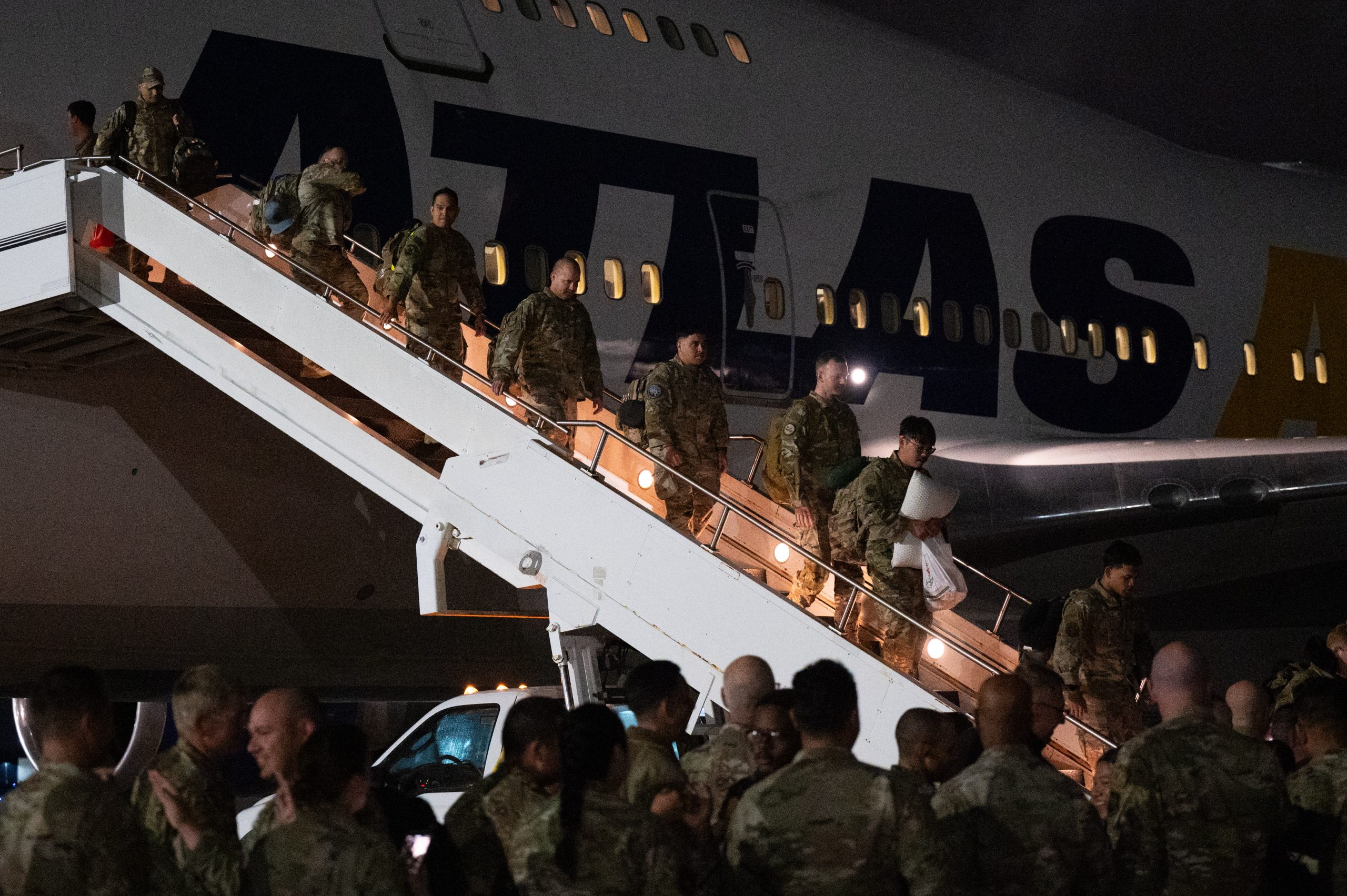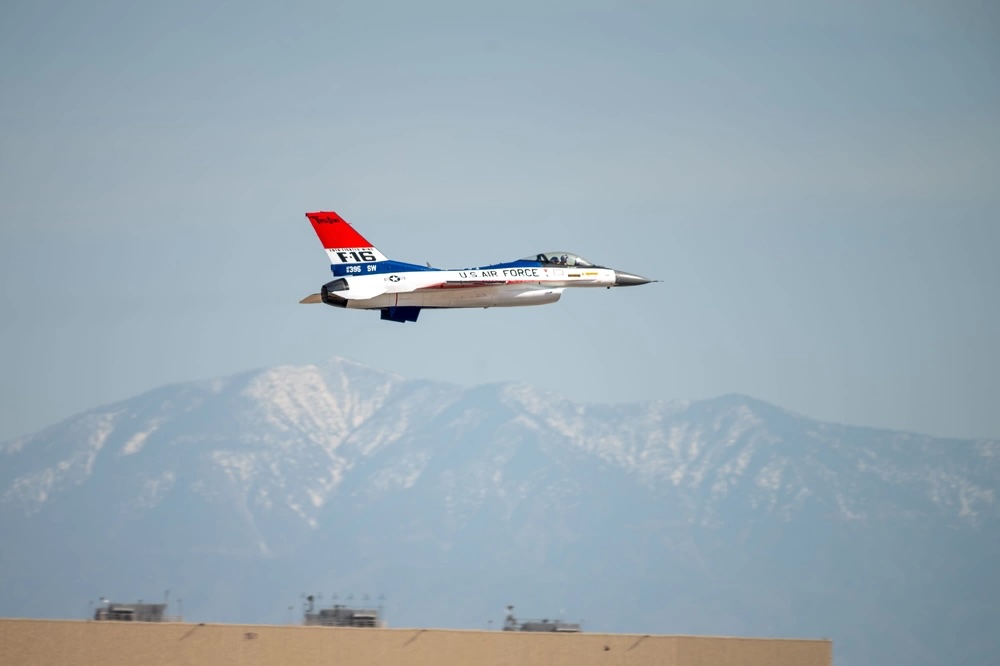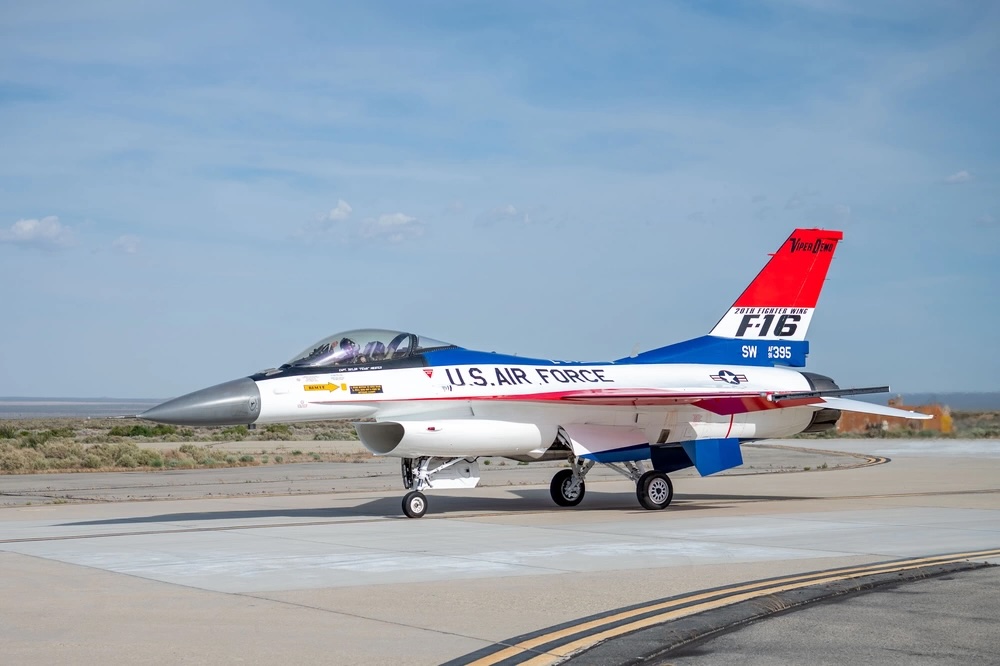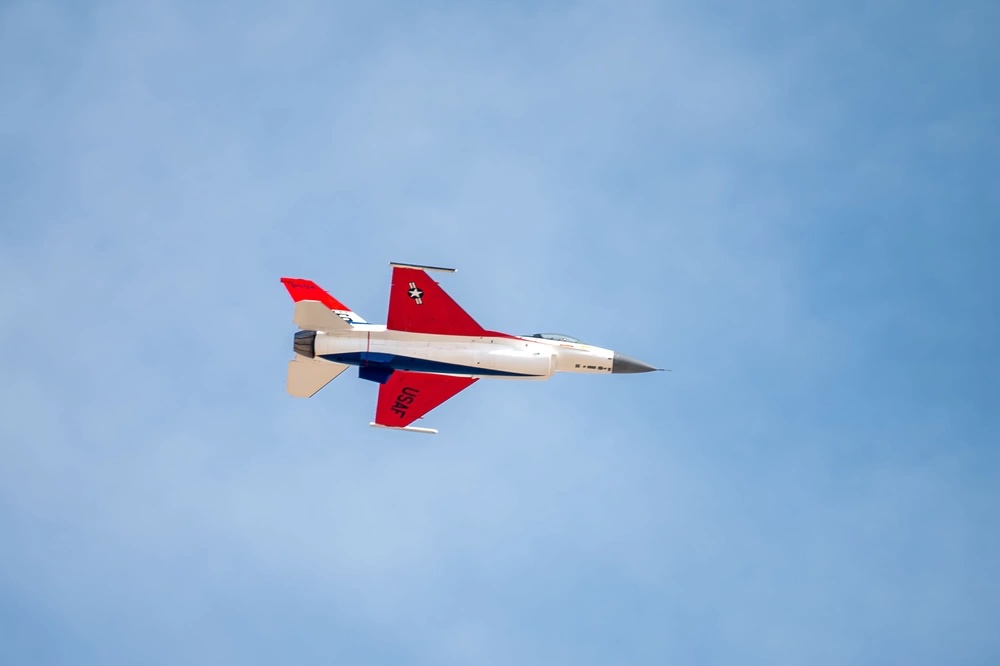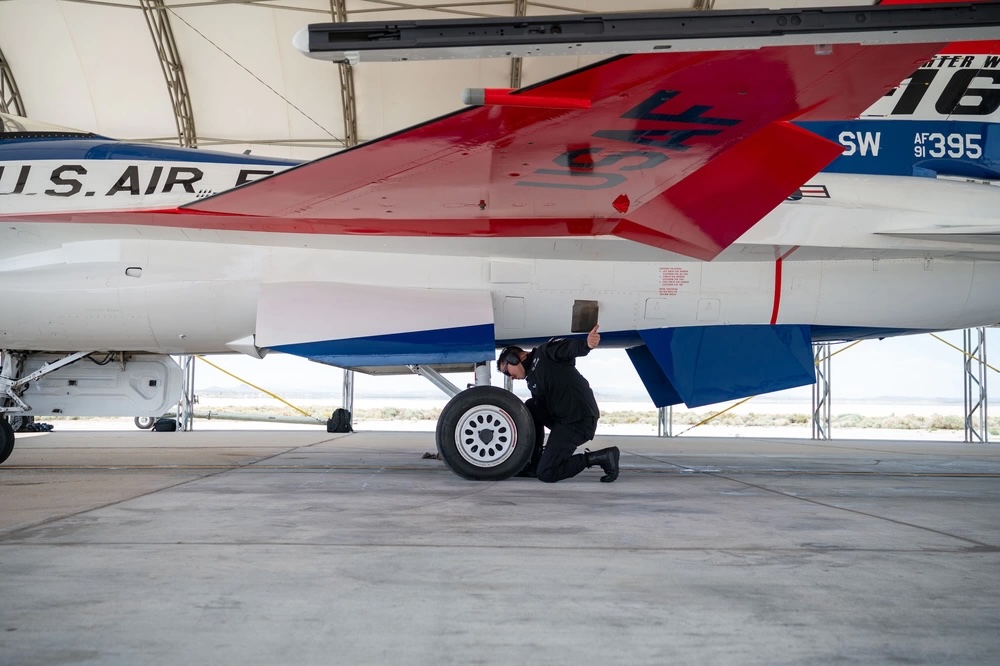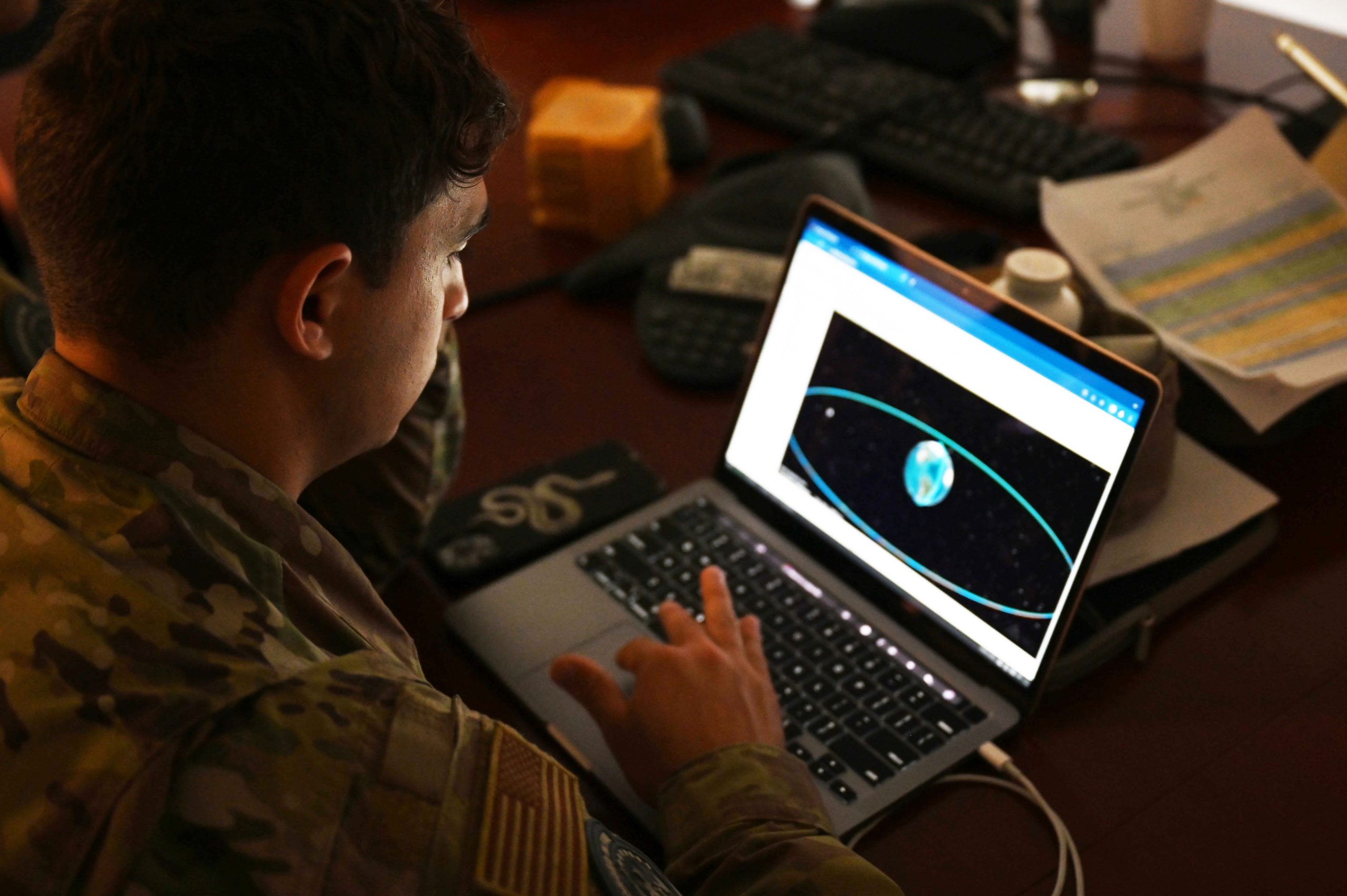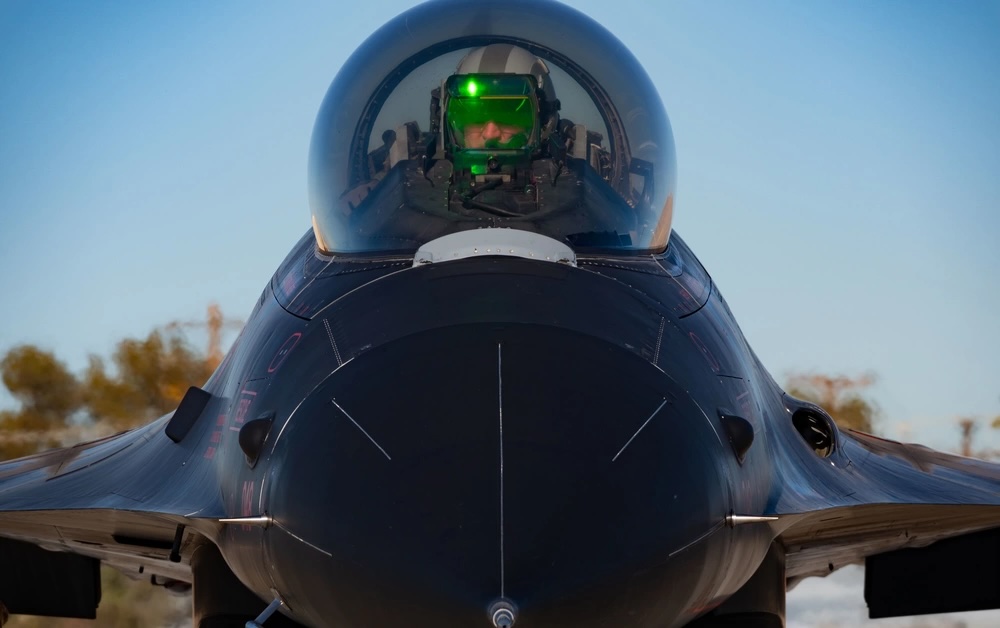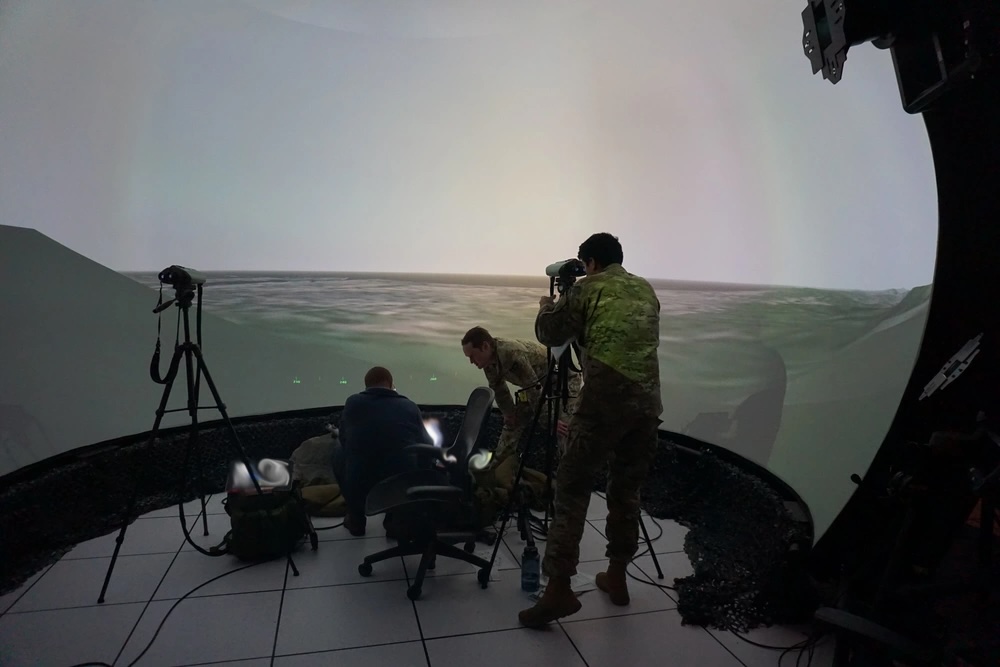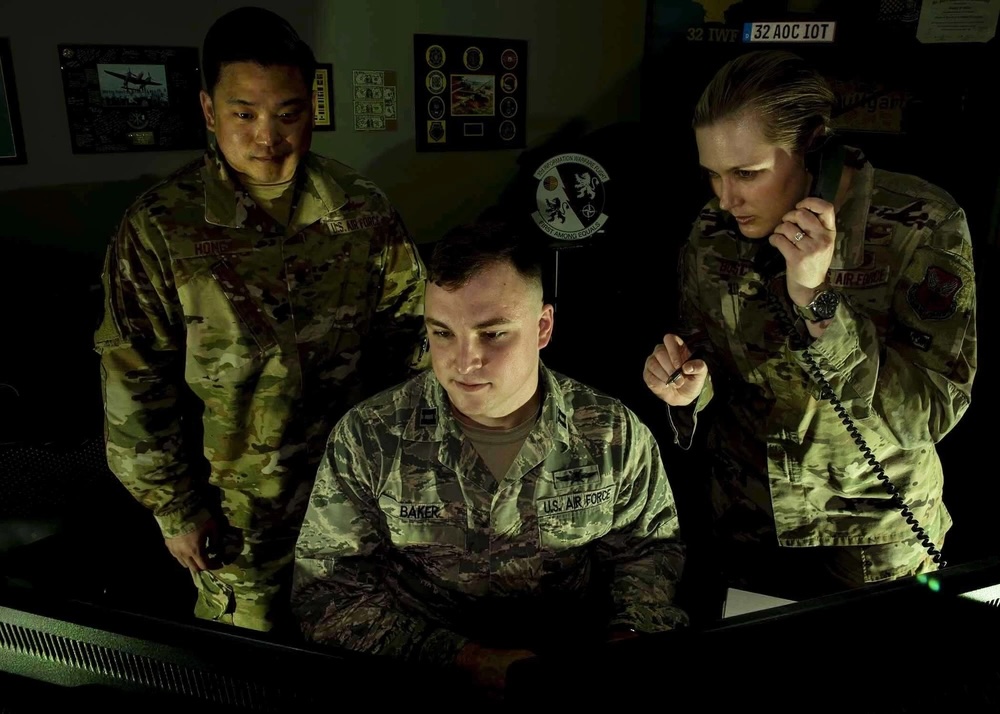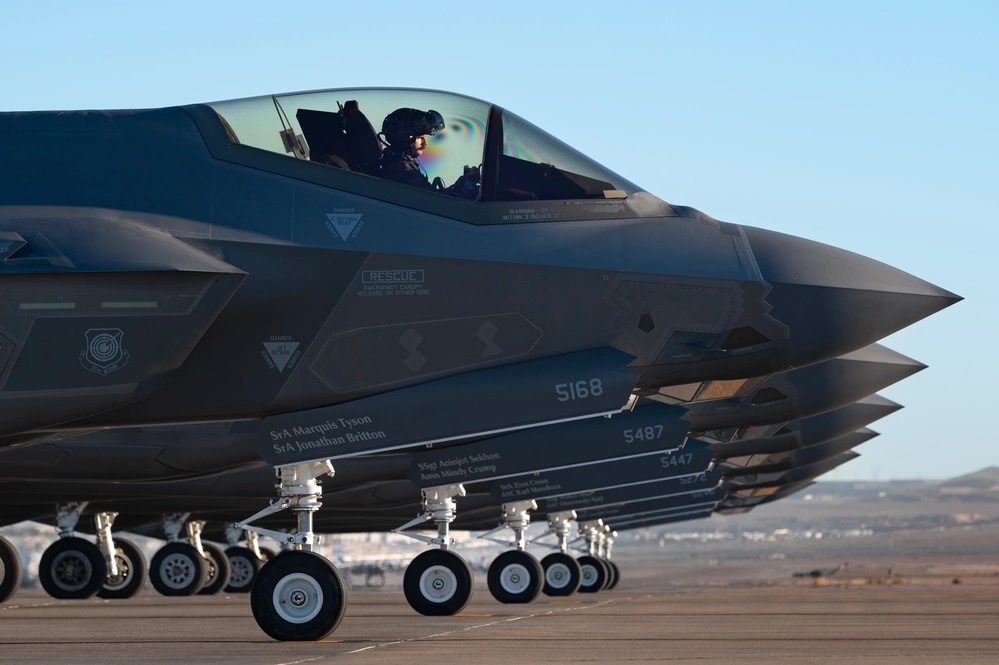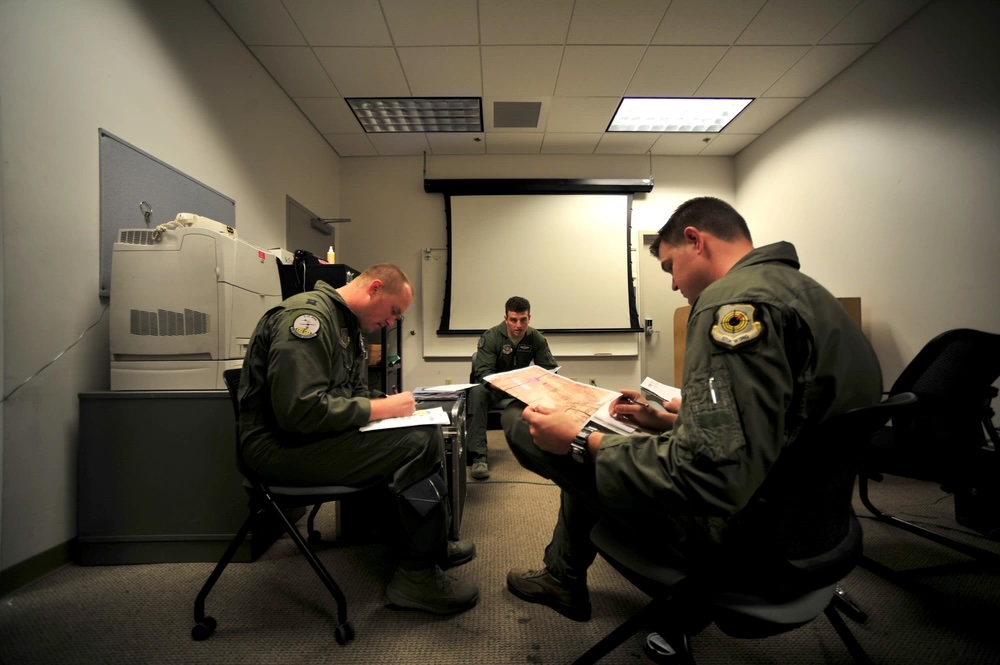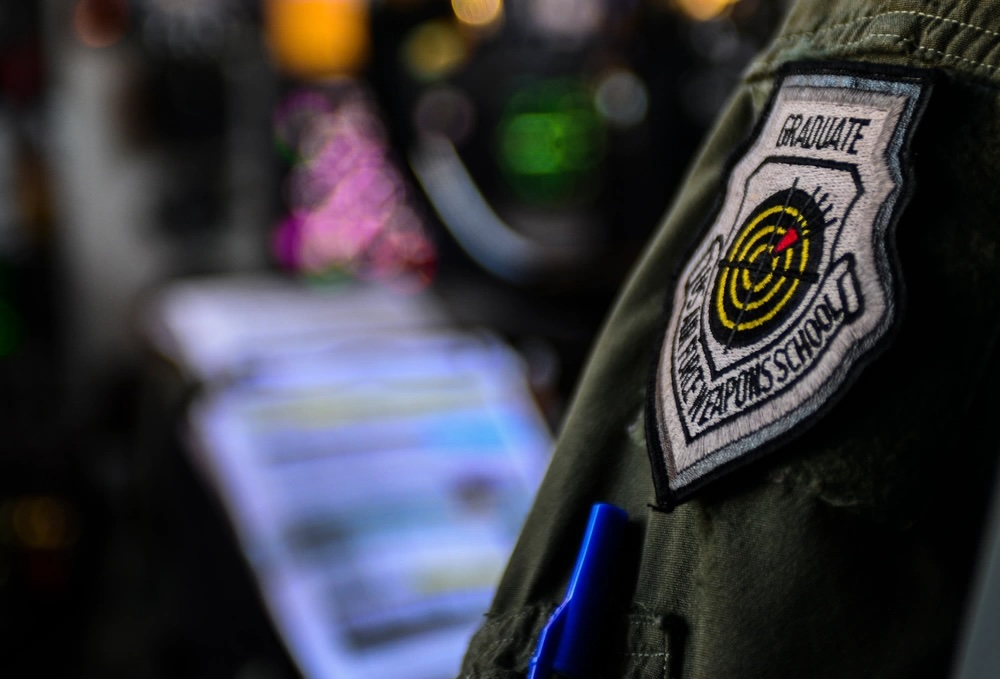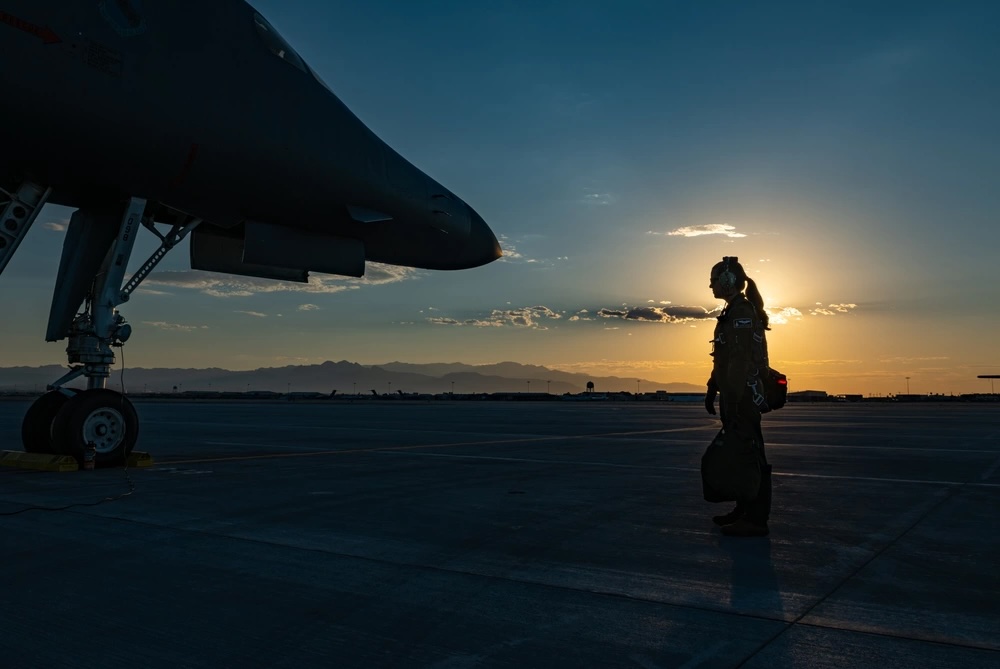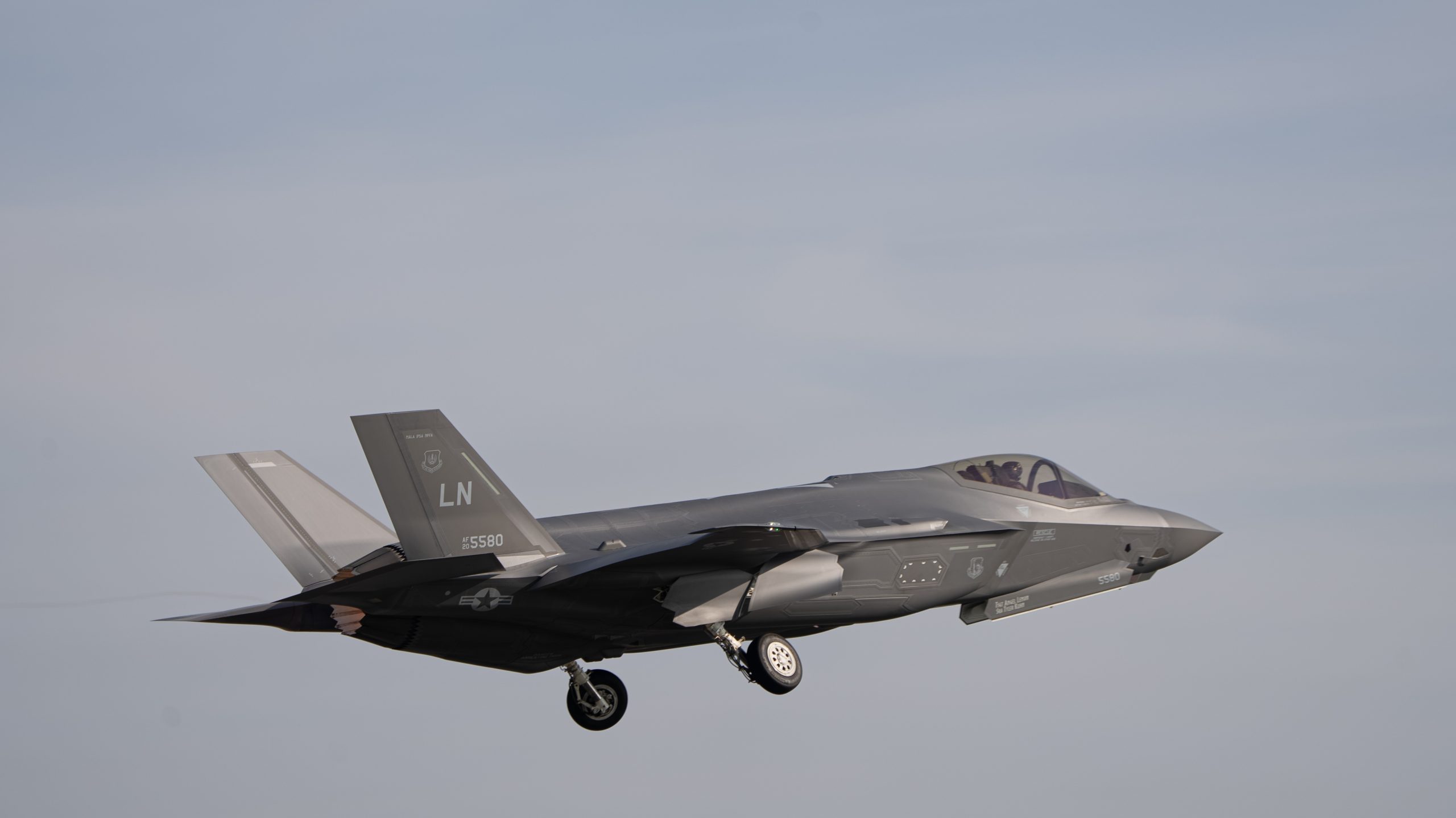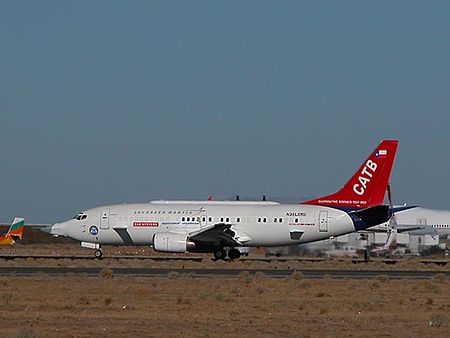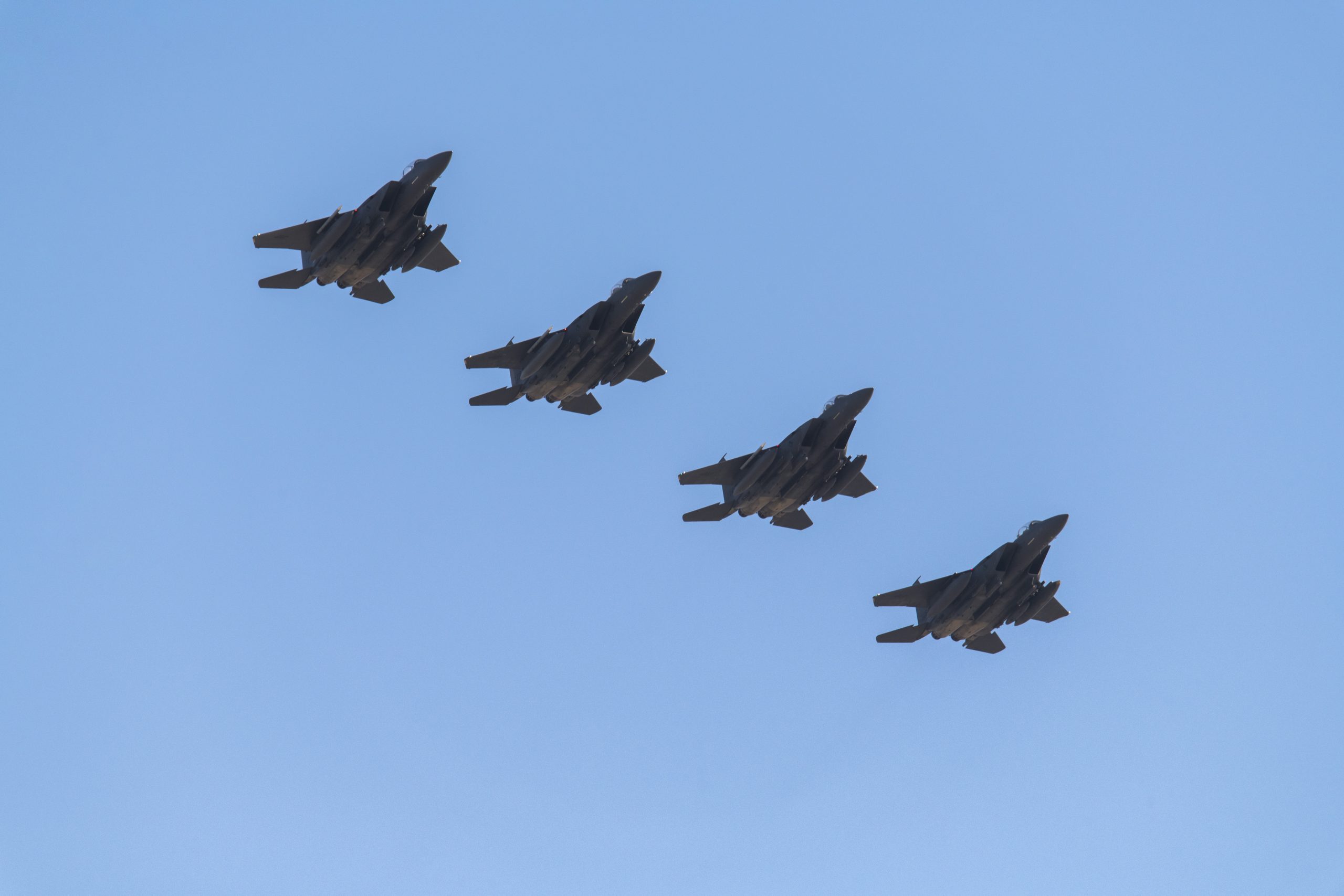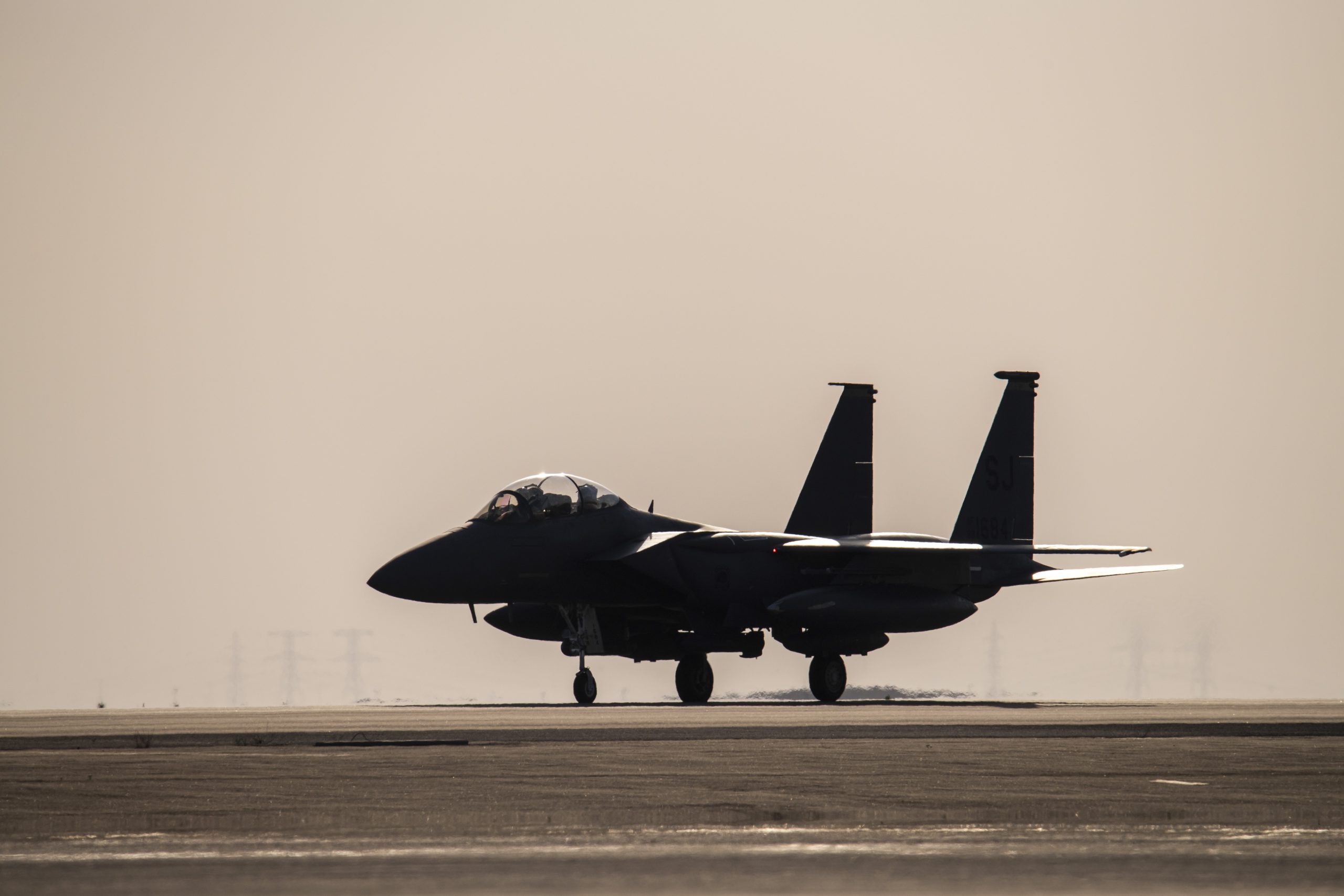The Space Force is working on a “hybrid” satellite communications terminal that can use multiple frequencies to connect warfighters with military and commercial constellations alike across orbits. However, key lawmakers are concerned the effort is too focused on the Department of the Air Force and want a plan to integrate the other services.
In a draft version of the 2025 National Defense Authorization Act released by the House Armed Services strategic forces subcommittee this week, the Space Force received its full budget request of $228 million for research and development of a hybrid SATCOM architecture, including $168 million for prototyping and testing of terminals. On top of that, the committee added $2 million for the creation of a pilot program to demonstrate how the hybrid structure would work.
According to budget documents, the Space Force plans to test its prototype terminals “at three ground installations and on nine different aircraft types.” Prototyping and integration assessments for some of the aircraft types began this fiscal year, and the first integration work is scheduled to begin in fiscal 2025.
However, the House subpanel wrote that it “remains concerned that there is not a broader Department of Defense effort to deploy hybrid SATCOM terminals on platforms outside of the Department of the Air Force.”
As a result, the committee wants the undersecretary of Defense for acquisition and sustainment to provide a briefing by February 2025 “on any efforts being made to coordinate the development of hybrid SATCOM terminals for platforms across the Department of Defense.”
As part of that briefing, lawmakers are asking for “integration roadmaps” for how each military department will deploy hybrid SATCOM terminals.
While it will likely be months before the 2025 NDAA becomes law and the final contours of the bill are still hazy, Pentagon officials typically respond to directive reporting language regardless.
As a general matter, the Department of Defense wants to operate with a common operating picture in the future, allowing easy and quick communication between assets regardless of service through its Combined All Domain Command and Control (CJADC2) effort.
The Space Force is eagerly pushing forward on new forms of satellite communications. The Space Development Agency is building out its “transport” layer in low-Earth orbit. In its new Commercial Space Strategy, the service highlighted SATCOM as one of the top areas of emphasis for working with private industry. Companies like SpaceX, Amazon, and OneWeb are all building out massive constellations of their own that can provide connectivity. Pentagon officials enthusiastically support connecting troops with crucial data and comms from anywhere on the globe.
To make that happen, service members will need terminals to connect with the satellites flying overhead, but procuring them is no small task.
“If you have 100,000 user terminals or more out there that are being used by the services and our allies, if we required each one of them to buy new kit to be able to communicate with the satellites, it just would never work,” SDA director Derek M. Tournear said in April at the Space Symposium. “There’s no way you could keep up this rapid pace.”
To get around that problem, SDA has focused in the short term on connecting its satellites with Link 16, the standard waveform used by U.S. and allied forces to transmit data for years.
But relying on one waveform and one satellite network may not work for every mission or in times of conflict, and getting different terminals for every constellation would be costly and impractical—hence the push for “hybrid” terminals that can adjust as needed.
The Air Force Research Laboratory has been working on the problem since 2018 through its Global Lightning program. It was able to produce terminals that could connect with one commercial provider at a time, tested with “partners from across the Air Force, Navy, Army, Coast Guard, and Marines to achieve communications to several hundred ground users, ships, military vehicles, and multiple aircraft types,” according to AFRL’s website.
The Navy has its own hybrid terminal program, Satellite Terminal (transportable) Non-Geostationary, or STtNG—though, as the name suggests, that terminal is not meant to connect with geostationary satellites.
The Army, meanwhile, is working on what it calls the Next Generation Tactical Terminal to connect with multiple commercial constellations. Defense One reported the service hopes to award a contract for the program by the end of 2025.
“The Space Force is developing this hybrid SATCOM terminal, working with the other services,” Tournear said in April. But left unsaid was whether each service would design and procure its own terminals.
